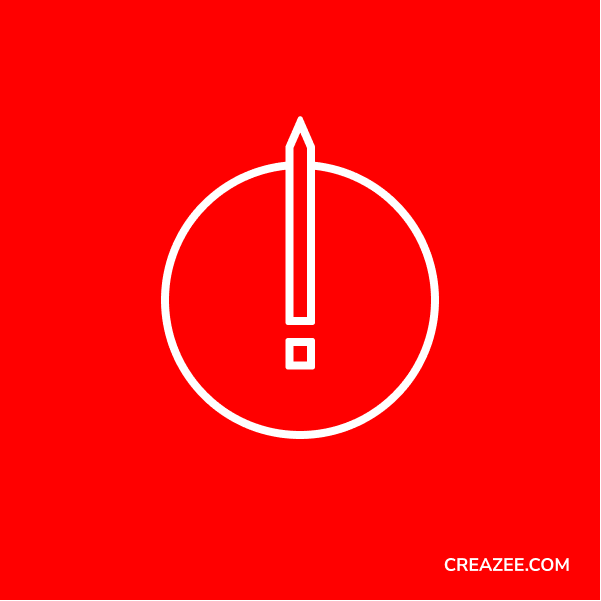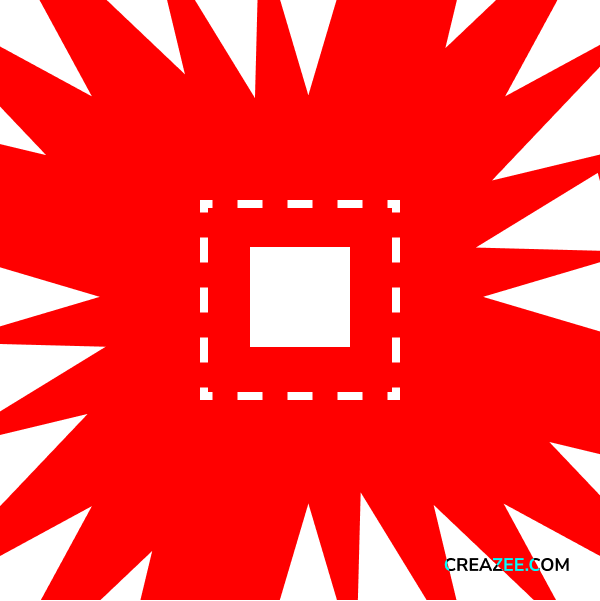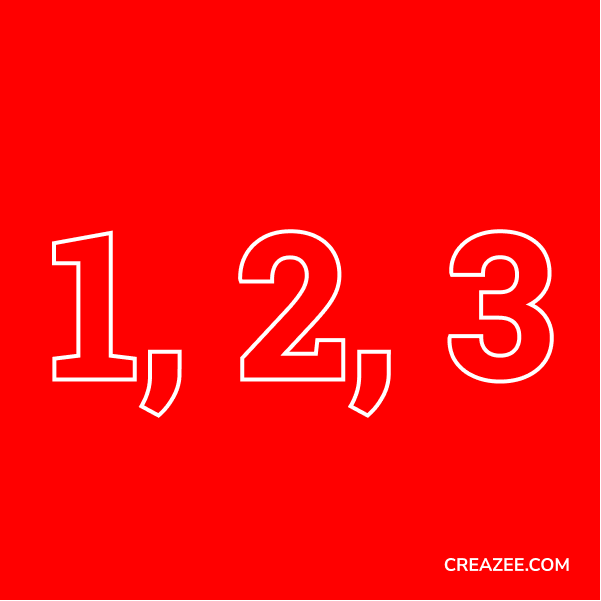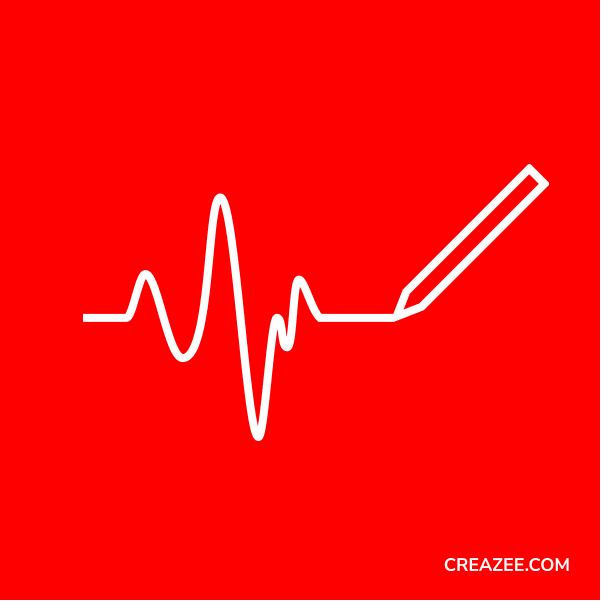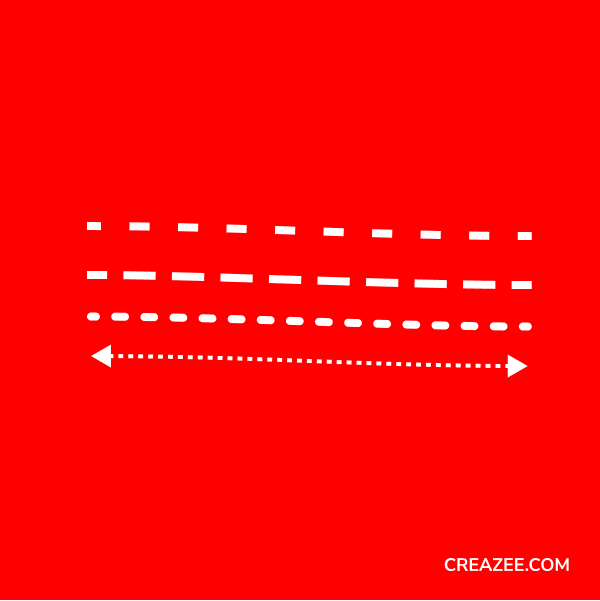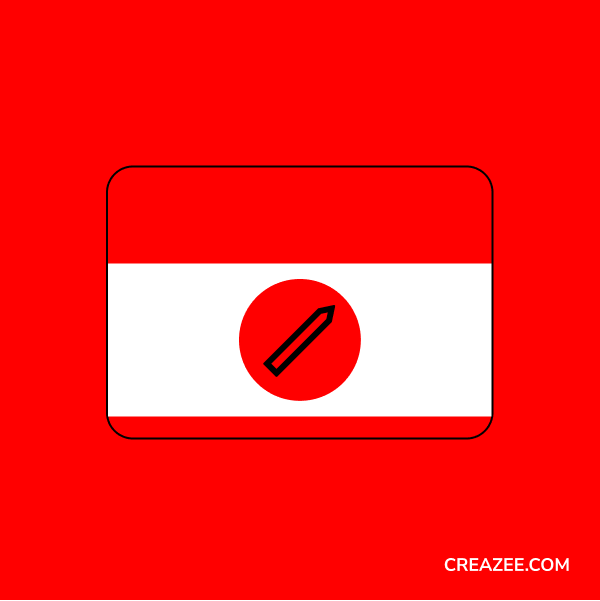I am Massimo Curatella, and this is my DAY 29 Article in the CREAZEE Daily Writing Challenge and my 165th daily article in a row.
CREAZEE Daily Writing Challenge April 2021, a Retrospective
We are about at the end of the CREAZEE daily writing challenge. And it’s time to reflect: how did it go?
It was a success in many aspects. I would have never thought I would have created a service to launch on the Internet and get subscribers. So having 15 people writing for one month in this crazy creative challenge is an incredible achievement of mine.
What worked very well was establishing a single clear purpose for this challenge. That was, “write every day.” It allowed me to be focused on the actions to take, the suggestions to make, and the behaviors to maintain as the Challenge facilitator. I’ve supported the group with optional daily prompts. Although most of the challengers followed them, some participants brilliantly achieved writing every day without following my prompts. And I’m grateful for that. Because the idea is not to write what I’m suggesting, but for you to write whatever you want to. If you wanted to have suggestions or stimuli or prompts, well, I provided them.
What excited me was the participants. I was expecting people from entirely different backgrounds. Young people from the West coast of the US, all of them looking for a new start-up to become a billionaire? That was my experience when I did myself a challenge to write for 30 days. I am in a period in which I am very reflective, and sometimes I become philosophical. So the idea to exploit and find the following multi-billion product to sell was not exciting to me. It didn’t happen because I’ve hosted a different public. I created resonance in other minds. And that is quite logical now with hindsight, but it wasn’t not expecting that.
I’m so glad that deep people and bright minds joined me in this writing collective. They surprised me on more than one occasion because they wrote about their lives, something personal. And most of them published it on blogs. That surprised me. They shared things from their own lives, their own experiences, their families, their pains, their losses. I was astonished. Sometimes I didn’t know what to say. I’m not expected to say anything about the content, but something interesting happened –This is the other aspect– there was some bonding between the challengers.
We created a small community of very dedicated and motivated people. And there was quite a friendly interaction between them in reading, commenting, giving suggestions to each other’s articles. And all of that was unexpected, unplanned. It might appear as obvious, now but I wasn’t looking for that.
I was wise to aim at one simple thing, writing every day, without setting any boundary, any limitation, by suggesting prompts and sparks fuel their fire.
In terms of results, it’s astounding. We’ve been writing for 29 days, today, every day. So it’s about 400 articles. It’s an enormous amount of work. So I was planning to read and host approximately 400 pieces, but I was not expecting the number of messages exchanged during the interactions. We exchanged more than 1’500 messages. Yes, most of them are mine, sure, but there were beautiful exchanges and conversations.
Only at the end of the journey, I decided to have some live calls. It was nice to meet people in real online life. It is something so new to me because, this time, I was not an attendee invited by somebody. I was the organizer. So it felt weird. Participants were lovely and available and open to comments and sharing their enthusiasm. It was a unique experience.
It will take time to digest it and reflect upon the whole experience. There’s a lot of learning for me that I need to elaborate on.
I gathered many suggestions for improvement about how to remind every day to participants that they have to write and create accountability groups or partners.
The collaboration platform, Circle, is working quite well, but I’m not sure that the notification system was the best way to remind people to write. It’s something that needs to be fine-tuned. Maybe a dedicated newsletter with daily prompts would have served better. We’ll see.
The article tracking was a nightmare. I did it by hand, one by one every day, on a spreadsheet. It was a lot of work. I want to change that. I am the facilitator, but I’m not a judge. I can only push you to write. It is not my job to check your article, see that it is in the right place, and put a checkbox or not if you did it. Multiply that by 15: it is hours of work accumulating daily that made me devote more time to management than the leadership—this a capital sin in facilitating a group. I need to either delegate or distribute this responsibility.
The writing prompts were ready before the Challenge began. But I did not use them. I got inspiration from my 200 articles and also on that preparation, but I’ve crafted prompts with clear instructions every day. It was an essential part of the success because I used the “what, how, and why” approach. Not very long instructions but clearly defined. So participants knew what they have to do and where to execute their daily tasks. And that worked.
It was crucial to have all contributions in a shared public folder. Everybody could read anybody else’s articles with complete transparency. The nice thing about the Google Doc is that I can see you while you are writing. I frequently went into the personal folder of challengers to check their docs and look while writing. Sometimes we had little chats, and jokes, and or even suggestions. You can suggest edits and can save revisions. It’s a powerful tool to have for this kind of personal writing, but also group collaboration. It was a great decision.
I didn’t force anybody to publish. That makes CREAZEE different from others. This is not “shipping.” This is “writing.” That approach created ambiguity about the prompt of writing because what do you mean by “writing”? That was one straightforward and simple question I received. Is it an article? Is it a journal entry? Do I follow your prompt and write every day saying different things, or am I refining what I started to write as a draft? I wanted it to be like that. My writing experience, one year of private journaling, and then one year of blog publishing 200 articles, is that the most important thing you have to do is build a habit to write.
In the beginning, it is pretty irrelevant what you are writing and how and for whom. You just have to write. So when I say writing every day, I mean creating that dedicated and focused space in which you look into your thoughts, you listen to them, and you try to capture them. It is not necessarily researching for an essay or explaining something. It is more listening to your inner voice. Sometimes it can be a personal reflective piece. Some others, it’s the blessing of having found the focus and the proper setting in which you can write about your ideas. It’s also finding ideas, collecting ideas.
It’s not easy for me to summarize the entire experience of CREAZEE because I have so many inspirations that it will take me years to express and develop them.
It’s a fantastic start. I am exhausted, but I’m thrilled and proud of the CREAZEE daily writing habit challenge, first edition in April 2021.
Join us in the next:
https://creazee.com/challenge/
